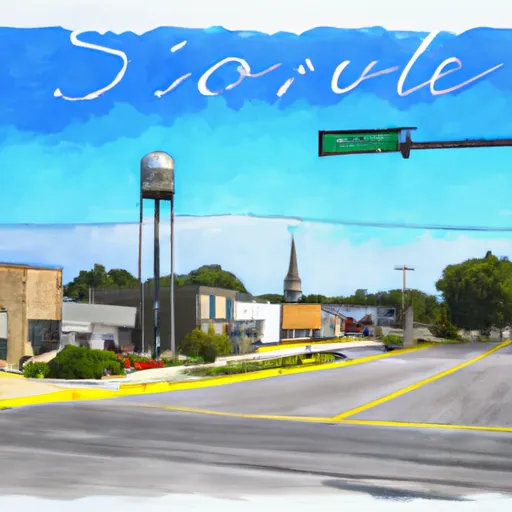°F
°F
mph
Windspeed
%
Humidity











Sherrill, Iowa is a small, unincorporated community located in Dubuque County. It experiences a humid continental climate, characterized by four distinct seasons. Summers in Sherrill are warm and humid, with average temperatures ranging from the mid-70s to low 80s Fahrenheit. Winters are cold, with average temperatures in the 20s and occasional snowfall.
The area around Sherrill is rich in hydrology constituents due to its proximity to the Mississippi River. The river provides ample recreational opportunities for fishing, boating, and water sports enthusiasts. Additionally, there are several nearby streams and creeks that offer opportunities for kayaking and canoeing.
Sherrill is surrounded by picturesque natural landscapes, including forests and rolling hills, making it an ideal destination for outdoor enthusiasts. Hiking and biking trails are available for those who enjoy exploring nature. The area is also known for its wildlife, offering birdwatching and hunting opportunities.
Overall, Sherrill, Iowa offers a diverse range of outdoor recreation opportunities and a pleasant climate for residents and visitors to enjoy throughout the year.
Weather Forecast
Sherrill receives approximately 894mm of rain per year, with humidity levels near 83% and air temperatures averaging around 9°C. Sherrill has a plant hardyness factor of 5, meaning plants and agriculture in this region thrive during a short period during spring and early summer. Most plants will die off during the colder winter months.
Regional Streamflow Levels
50,400
Cubic Feet Per Second
3,010
Cubic Feet Per Second
48,600
Cubic Feet Per Second
1,730
Cubic Feet Per Second
Nearby Camping
| Camping Area | Reservations | Toilets | Showers |
|---|---|---|---|
| Tickfaw State Park | |||
| Rocky Springs - Natchez Trace Pkwy | |||
| North Rec Composite | |||
| South Recreation Composite | |||
| Leroy Percy State Park | |||
| Float Camp |



